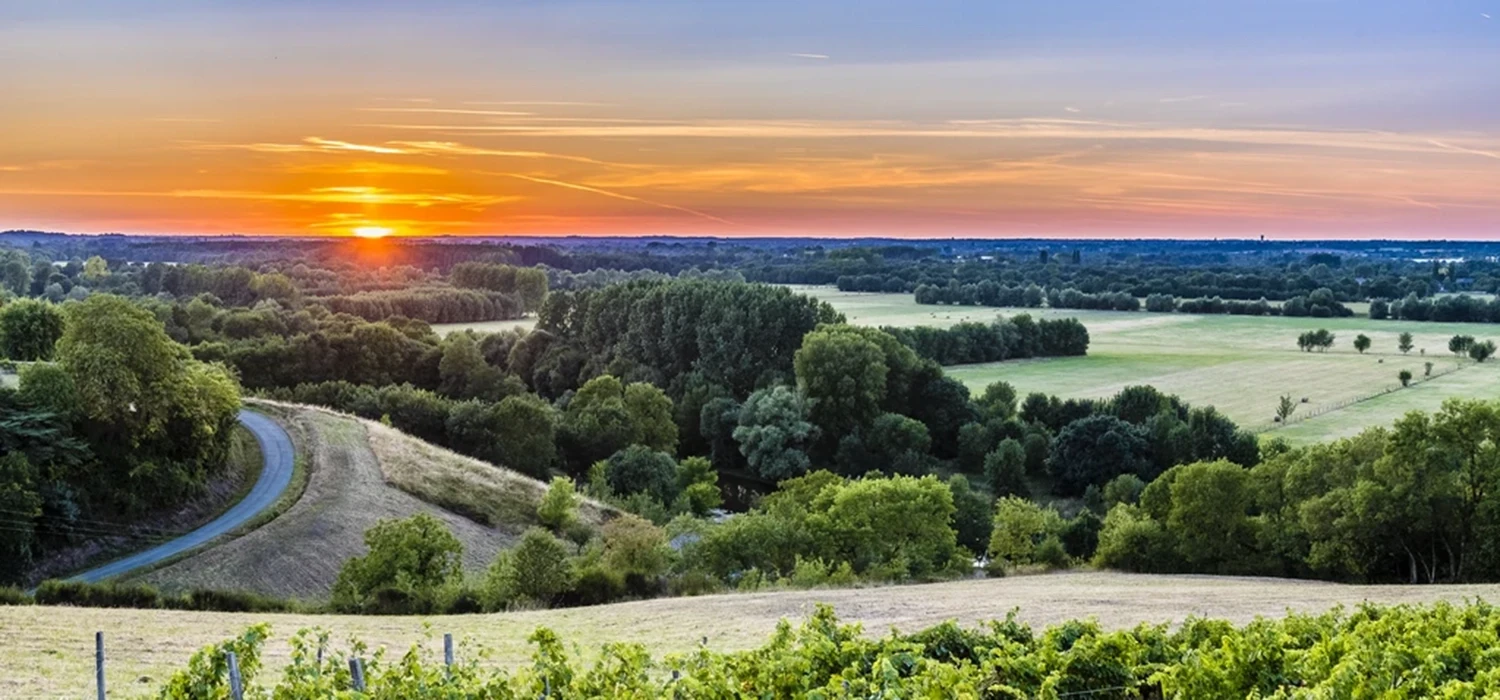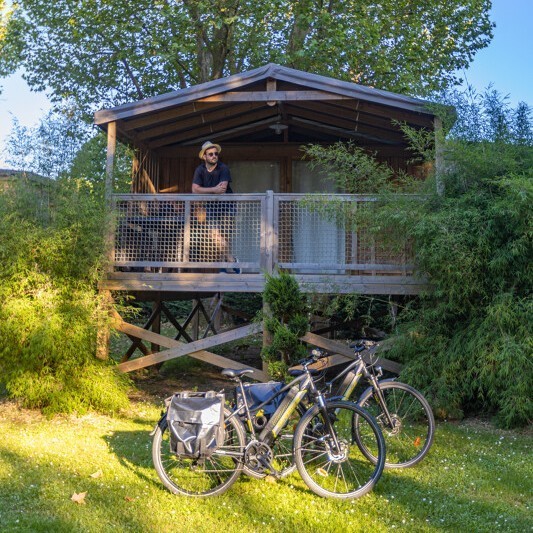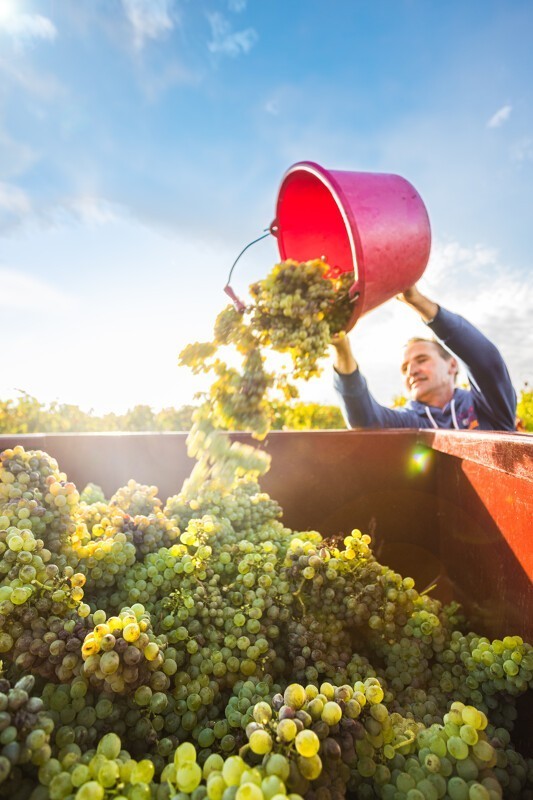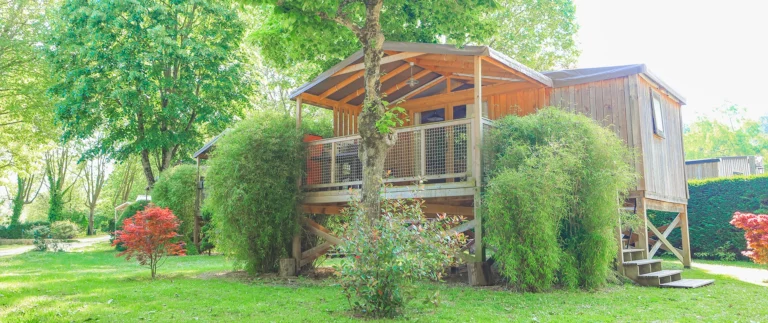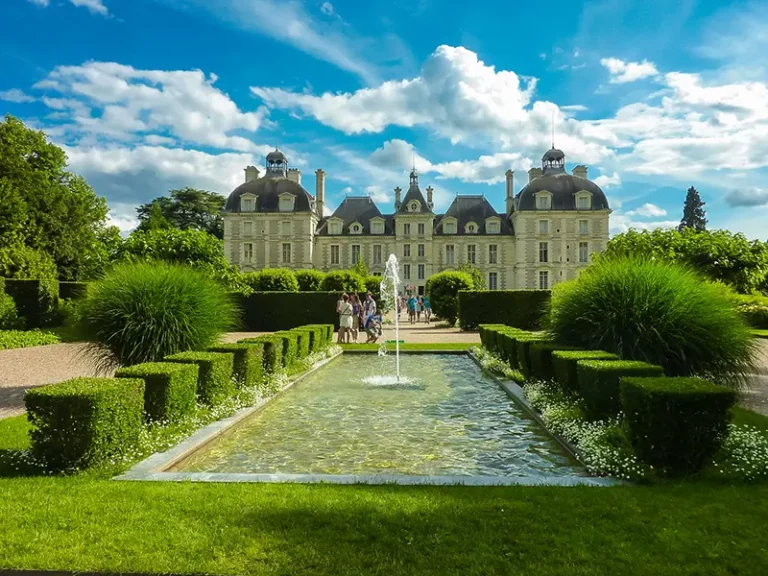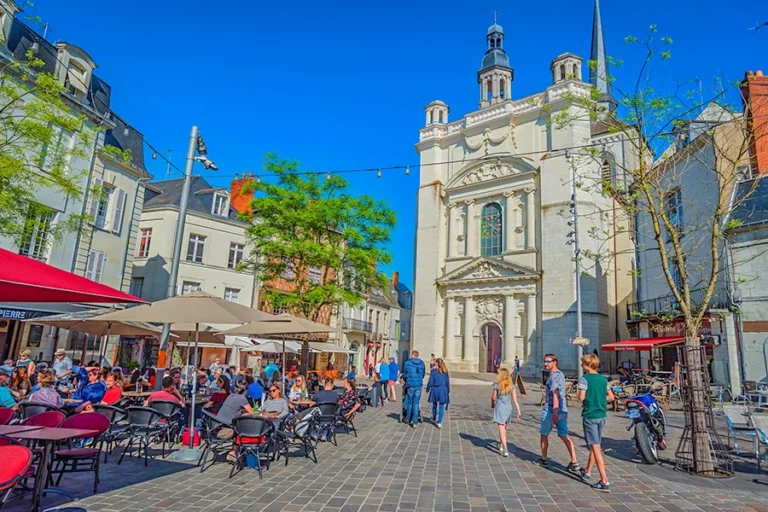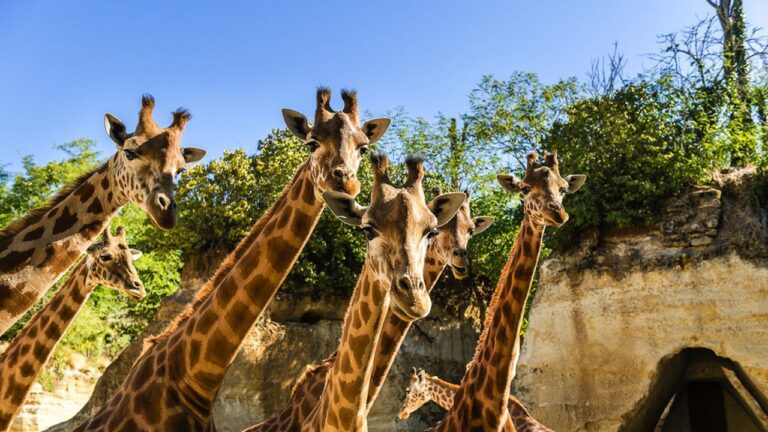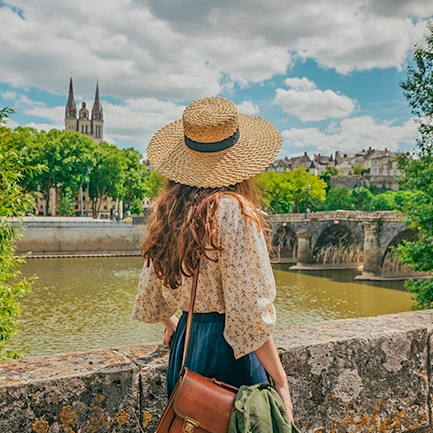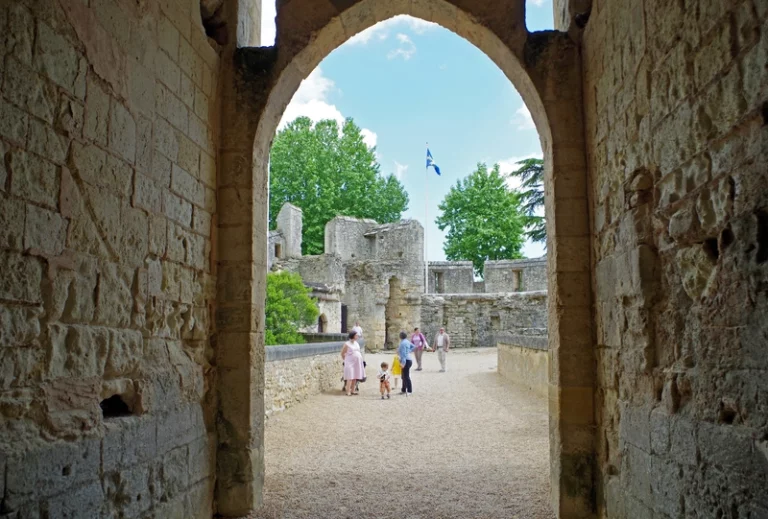Book your next holiday in a camping in the Loire Valley
Do you want to go on holiday in the Loire Valley by camping in France and are looking for a mobile home rental or pitch? The team of the campsite in Saumur, the 4-star campsite Les Nobis d’Anjou, near Mesland, will be pleased to welcome you for your next stay. In a quiet and maintained park, put your suitcases in this campsite by the river and enjoy the aquatic areas such as the indoor and heated swimming pool or the river and many other services, activities and entertainment whether for you or for your children.
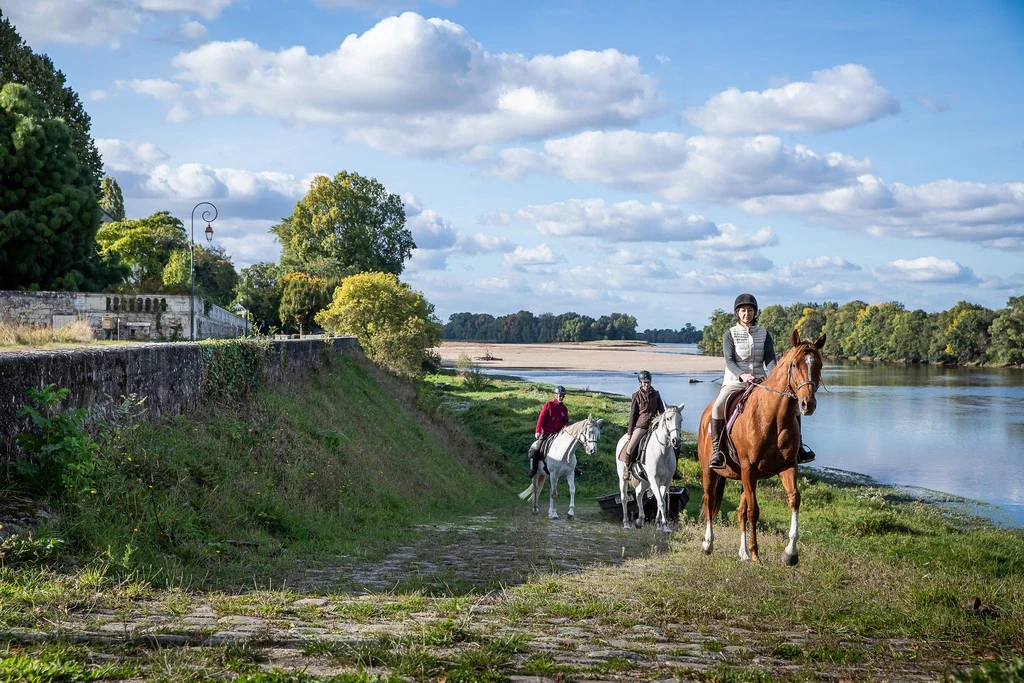
Take advantage of the ideal location of the campsite to visit the Loire Valley
From Orléans to Val d’Anjou, via Blésois, Touraine and Saumur, the Loire Valley is a region known for its castles as much as for its vineyards. Listed as a UNESCO World Heritage Site, the Loire Valley is rich in an exceptional architectural heritage, but also in a privileged natural environment.
The region, its sandbanks and its banks host a rare and diverse fauna and flora. A few kilometers from Saumur and Montsoreau, you will be ideally placed to go down or up the banks of the Loire in the direction of Angers or Tours, to discover the charming villages, Castles and abbeys, vineyards, troglodyte sites, The beautiful gastronomy and Loire know-how.
We will be pleased to share tourist information at the reception of the campsite in the Loire Valley with swimming pool, or visit the website of the Loire Valley Tourist Office.
Book a mobile home or pitch at the gates of the Indre
Discover our accommodation in our campsite in the Loire Valley in the heart of nature. Depending on the number of people, nights or rooms desired, you will have the choice between renting accommodation or pitching:
- Mobile homes according to 3 ranges: premium, comfort and great comfort that can accommodate from 2 to 7 people
- Bungalows according to 3 ranges: premium, comfort and comfort that can accommodate from 2 to 7 people
- And among our favorites : unusual accommodations or chalets for a unique holiday with your children
- Extensive grassy pitches and riverside land
*Remember to update your departure and arrival dates to see availability and promotional offers for certain periods.
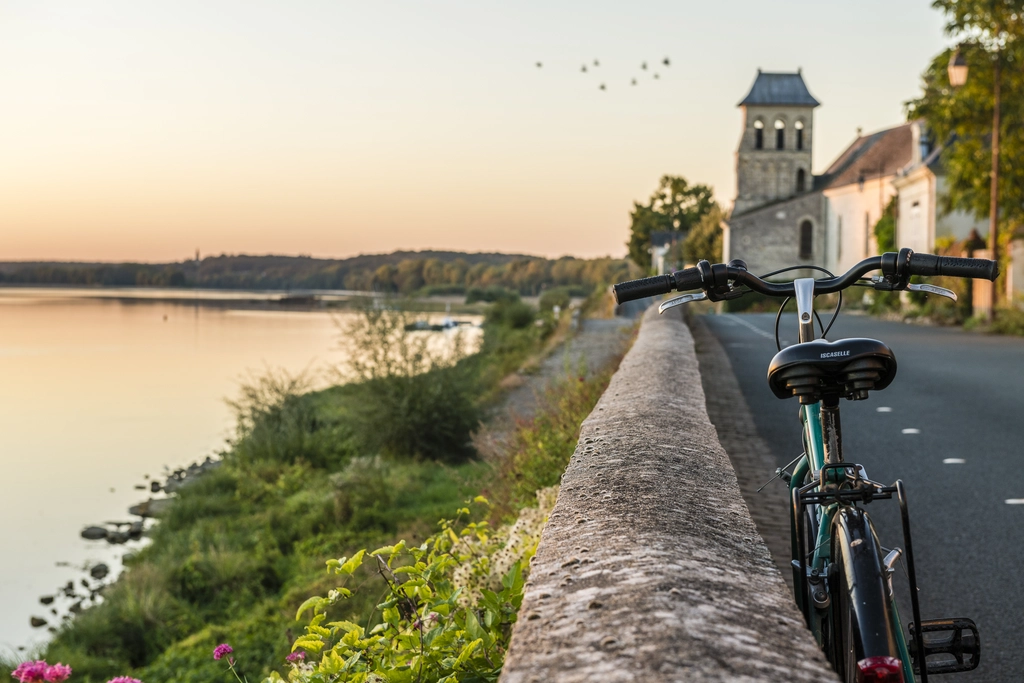
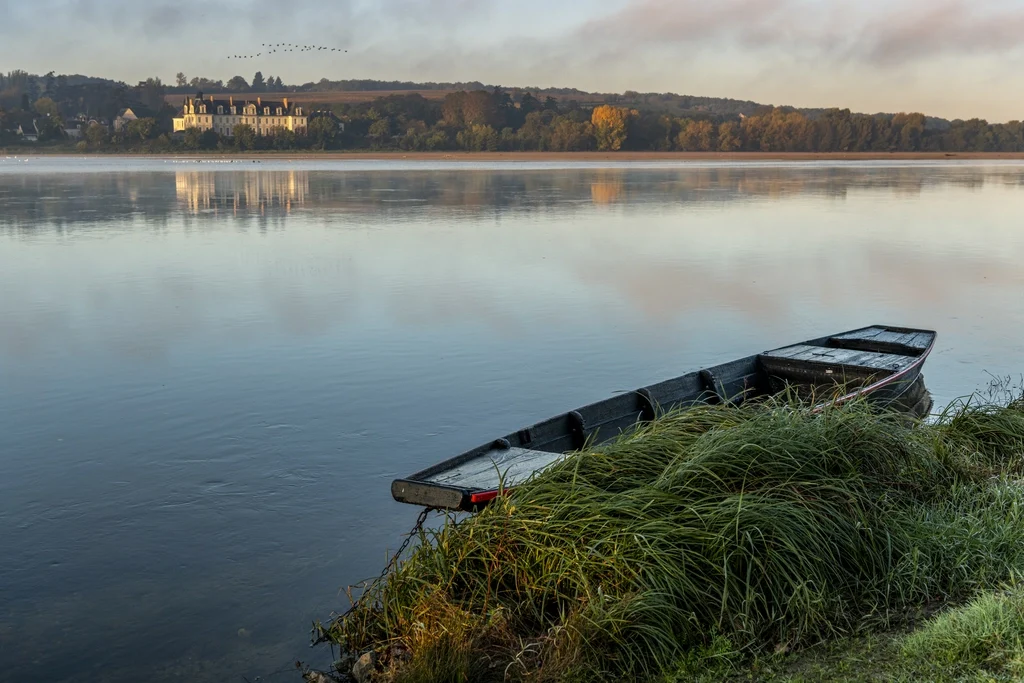
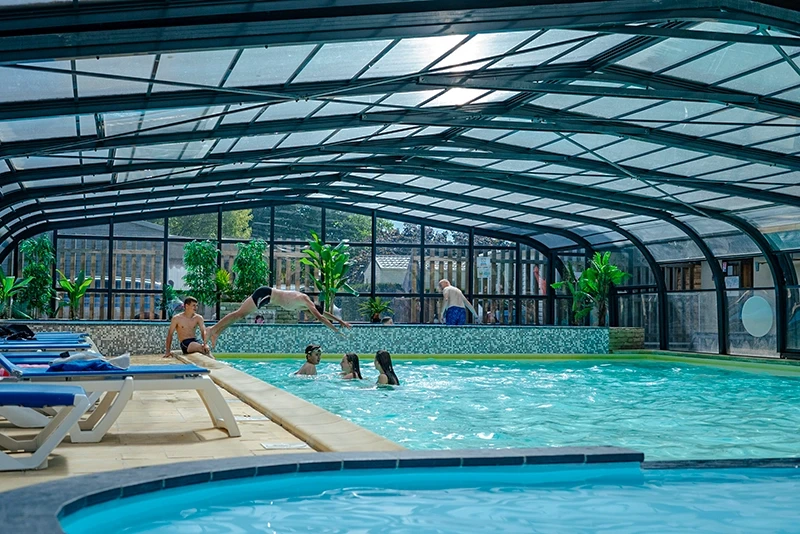
Discover the pool and the river to the delight of your children
What could be better than a campsite in the Loire Valley with a swimming pool to relax and cool off after a long day of sightseeing in the beautiful region?
The Camping Les Nobis d’Anjou, among the best campsites in the Loire Valley, offers you a Heated and covered pool. In addition to the aquatic area, enjoy the river The Thouet which runs along the campsite and the various activities : canoe kayaking, fishing, or discover the aquatic activity of stand up paddle, bike ride by the river.
To entertain your children, the mini club offers to welcome your little ones. But we think of all ages and we offer various activities : evenings, petanque, playground, games room .. Enough to fill your week or weeks of vacation and create links!

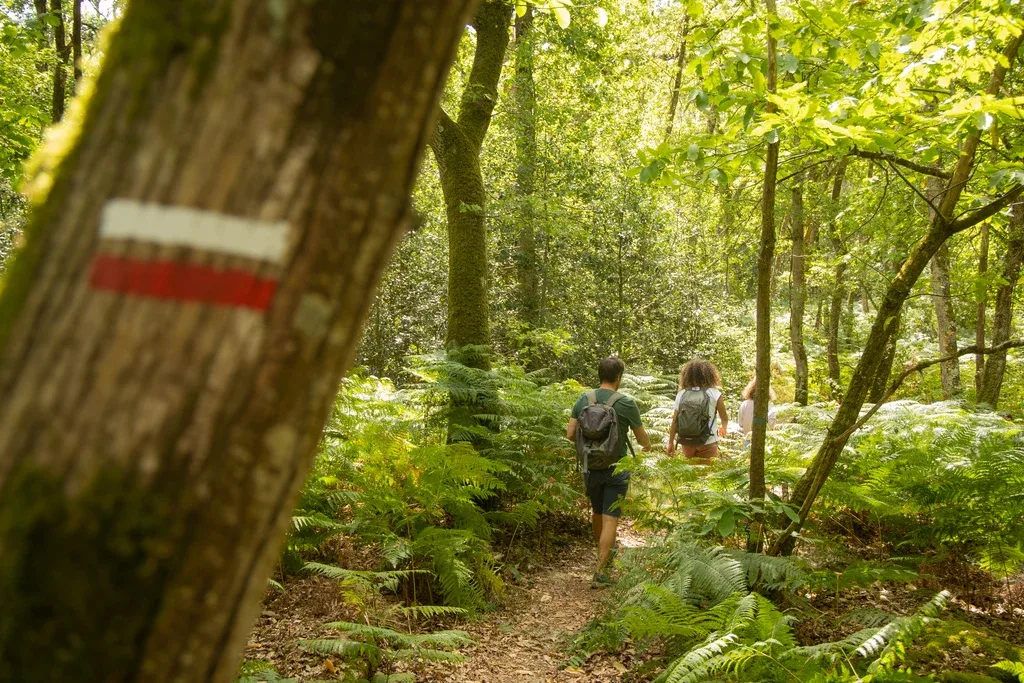
Visit the Loire Valley from the campsite: castles and historical sites
The architectural heritage of the region includes other prestigious sites, including the medieval ensembles of Chinon, old Tours, or the center of Angers. Alongside the castles, remarkable monuments and historical sites are also not to be missed:
- The unusual pagoda of Chanteloup near Amboise, the Royal Abbey of Fontevraud, the Saint-Gatien Cathedral of Tours, or the cavalry school of Saumur. An attractive land for centuries, the Loire Valley also preserves the homes of prestigious characters: Rabelais (Le Devinière), Balzac (Saché), Ronsard (Prieuré Saint-Côme), or Leonardo da Vinci (Le Clos Lucé in Amboise).
- Many charming villages border the Loire: Saint-Florent-le-Vieil, Le Thoureil, Montsoreau, or Candes-Saint-Martin are undoubtedly among the most beautiful villages on the banks of the Loire, which combine the charm of medieval streets, the brightness of tufa, preserved authenticity and an exceptional natural setting.
- Sometimes facing the last wild river in Europe, troglodyte villages are also numerous in the Loire Valley. Those of Les Goupillères near Azay-le-Rideau or Les Perrières in Doué-la-Fontaine, those sculpted by Pierre et Lumière in Saint-Hilaire-Saint-Florent, or finally those of the village of Rocheménier are must-sees of the kind not to be missed.
Enjoy the gastronomy during your stay in the Loire Valley
The identity of the Loire Valley has also been forged around
- Typical flavors and local know-how : goat cheeses, rillons, saffron, Rabelaisian fouaces and pears taped in Touraine, mushrooms of Paris, rillauds, fouées, apples tapées, cremet and soufflé at Cointreau on the Angevin side.
- Loire fish are of course often on the menu, pike, pikeperch and eel in particular.
- Wine : as much as for its Castles, the Loire Valley is celebrated for its wines: along the longest Route of vineyards of France The appellations of Côteaux du Loir, Vouvray, Touraine, Chinon, Bourgueil, Saint-Nicolas-de-Bourgueil, Saumur, Rosé d’Anjou, Crémant de Loire, Côteaux du Layon, Cabernet d’Anjou and Anjou Gamay followed one another.
- But especially the castles of the Loire : Blois, Chinon, Chambord, Chenonceau, Brézé ..
Enjoy visits to vineyards and wine cellars, but also mushroom farms !
A river sung by many poets and lovingly painted by Max Ernst, the Loire is celebrated throughout the year on its banks. The Loire festivals are numerous in Touraine and Anjou: through the Loire Festival in Orleans and its gathering of river marine, the Loire Festival in Saint-Clément-des-Levéesor the sailors’ festival in Saumur, the importance of the river in the 19th century and the profession of gabariers are highlighted.
Throughout the year, throughout the Loire Valley, guided boat trips also allow you to learn more about the history of the region, its different biotopes, its character and its secrets.

OUR ADVICE FOR VISITS AROUND THE CAMPSITE
Take advantage of your extended stay in the Loire Valley by camping with family, couple, or friends to visit the surroundings of Saumur. After a morning with your feet in the water in our aquatic area, discover the rich heritage and culture of this beautiful part of the France from your campsite near the zoo La Fontaine



